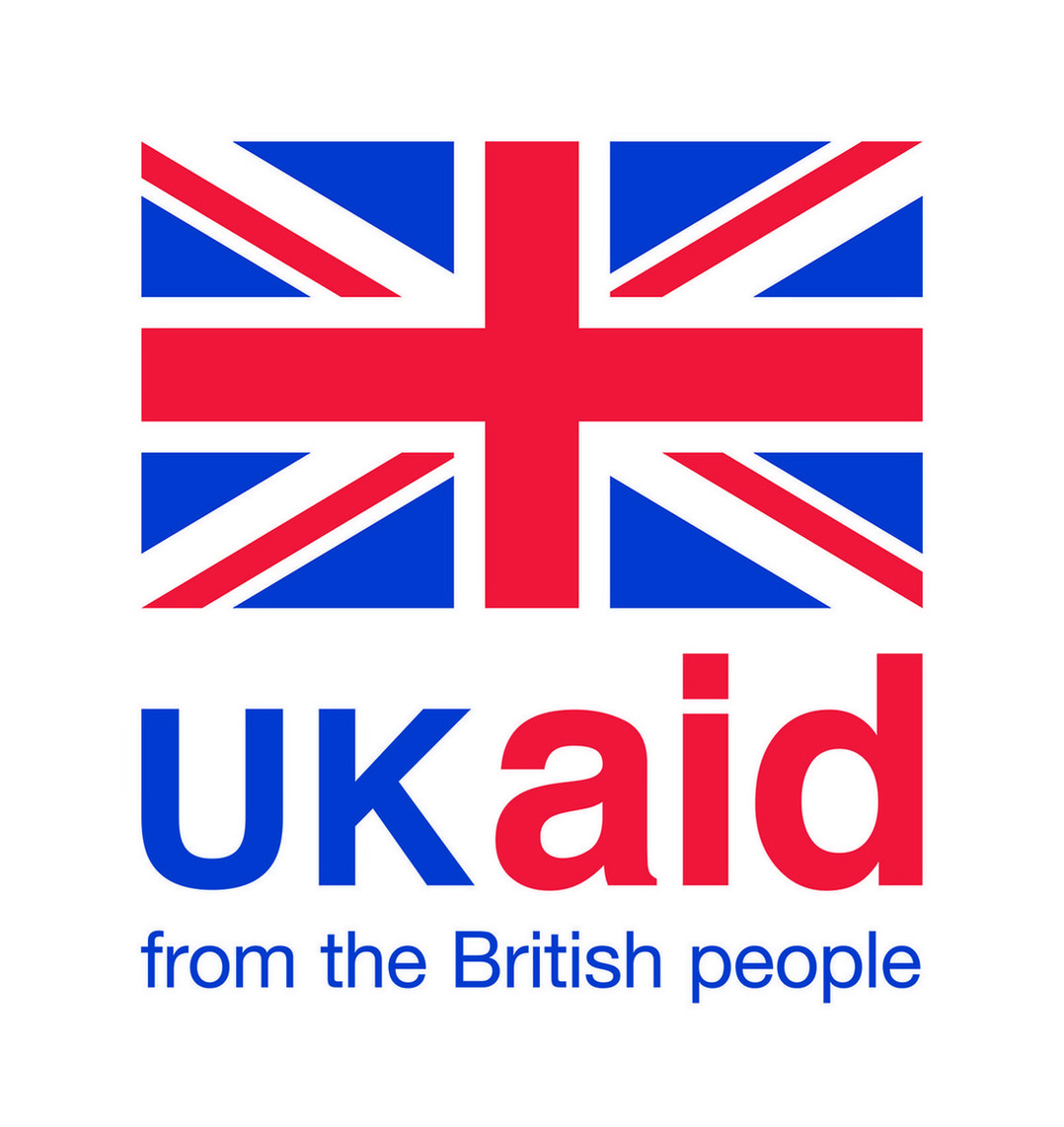Around the world today there are approximately 1.1 billion people who lack an official form of identification. The ability to prove your identity is crucial to social, political and economic inclusion and enables greater access to basic services such as healthcare and education. As technology advances and governments, NGOs and other stakeholders explore new ways to reduce the ‘identity gap’, the idea of a digital identity has taken hold.
When people refer to identity though, what do they mean? In a series of three blogs we will define and examine three common identity terms, exploring how technology (specifically mobile technology) can play a part in providing wider access to these different types of identity:
1. Official Identity
2. Foundational Identity
3. Functional Identity
In this first blog, we will start by looking at legal or official identity, which is defined by the World Bank as an identity that carries a legal status, usually issued by governments to their citizens. These types of identity tend to include basic identifying information such as a person’s name or date of birth and typical examples include birth certificates, voter registration cards, social security numbers and national identity cards.
It seems obvious that universal easily accessible identity documents for all citizens should be a basic right, so much so that it was included in the Sustainable Development Goal 16.9 – “By 2030, provide legal identity for all, including birth registration”, but particularly in developing countries, a number of barriers exist that can limit access. This includes barriers such as cost, inefficient and fragmented registration systems, lack of perceived benefit, discriminatory policies, and illiteracy, all of which tend to disproportionally affect the most vulnerable citizens. These challenges are particularly acute in Sub-Saharan Africa: a recent analysis by GSMA found that registration levels in Sub-Saharan Africa were significantly lower than other regions, with only 54% of citizens registered (see chart below).

Transitioning from paper-based to digital identities
Traditional paper-based systems can be an inefficient means to prove a person’s legal identity – subject to errors, fraud and damage. With advances in technology, there is an opportunity for national governments to leapfrog traditional outdated paper-based systems and offer more inclusive methods of proving legal digital identities. New technologies, such as the increasing use of digital registration systems combined with biometric data collection (fingerprinting, iris scanning, and facial recognition), result in official identities that are more robust and credible as well as being more portable and accessible. The below map shows visually how the world is changing, particularly in developing countries in relation to the types and prevalence of digital identity programmes and the increasing introduction of electronic identities.

What is noteworthy is the number of countries, particularly developing countries, that have moved to using digital identities, this despite the low levels of registration found in regions such as Sub-Saharan Africa. In addition, many developing countries are exploring innovative new ways to offer further services online, including eGovernment services such as: payment of school fees, taxes, land registration and social payments. Examples of some of these new official digital identities are the Algerian biometric national identity card, and the Nigerian biometric national identity card with payment functionality. Further examples in other regions include the Aadhaar programme in India, which has enabled citizens to register for an official Aadhaar number (similar to a social security number) and access social services in the country and the e-ID and e-Passport scheme in Chile.
Leveraging Mobile
Of all the technologies though, mobile is currently the most pervasive and offers the possibility to go the last mile to achieve full coverage of national identity schemes. Last year, the GSMA estimated that approximately 70% of people in developing countries will subscribe to mobile services by 2020 (see below graph).

This level of mobile penetration offers an incredible opportunity for mobile to act as an enabler in the registration process and to reach those underserved citizens that current registration methods fail to reach. As a result, governments are increasingly looking at ways to capitalise on the reach of mobile to help them register their citizens. The first step in the registration journey is birth registration, and mobile is increasingly being used to transform traditional methods of birth registration in developing countries, two examples we have previously highlighted are Tanzania and Pakistan. Aside from birth registration, there are numerous examples of how technology is being used to reach those without proof of a legal identity, such as mobile registration units in conflict areas of Colombia; biometric registration of refugees in Jordan; voter registration in Libya and digital birth, marriage and death certificates in Costa Rica.
Whilst developing countries benefit from innovations in technology to update and improve upon their citizen registration systems, countries such as Estonia are blazing a trail and moving towards a completely integrated digital society, taking advantage of mobile technology and exploring new opportunities such as the use of Blockchain.
In the next blog in this series, we will explore in more detail the concept of foundational digital identities: what they are, examples in practice, and how mobile technology is being used to enable foundational digital identities.
This initiative is currently funded by the UK Department for International Development (DFID), and supported by the GSMA and its members.

